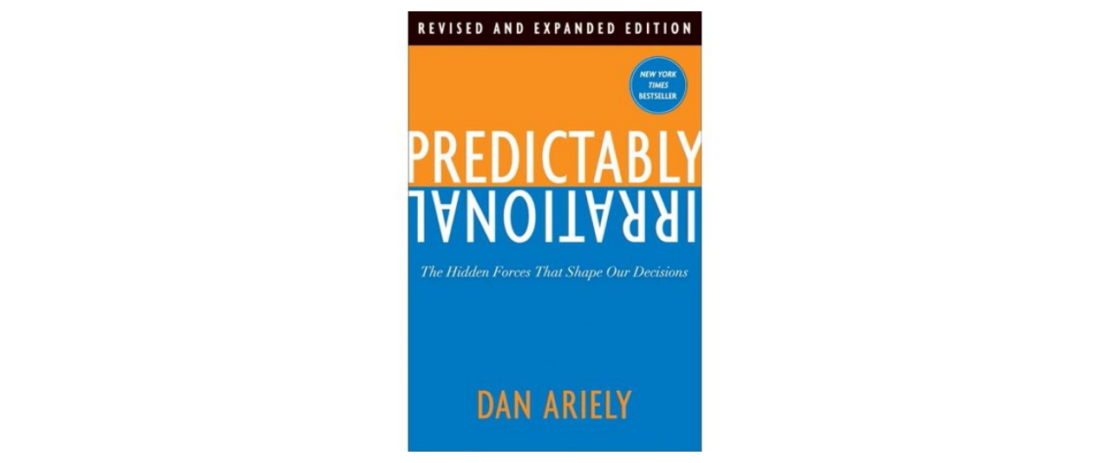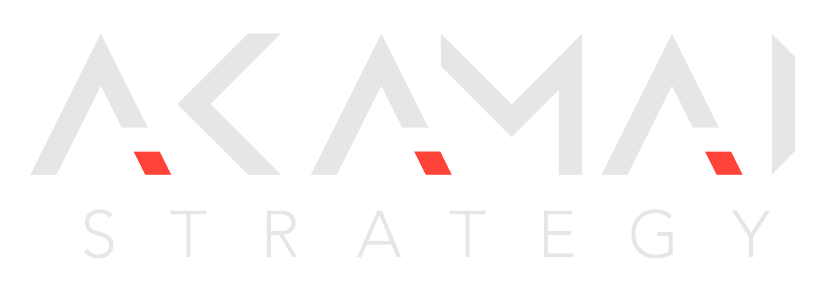2020 Consumer Behavior and Why We Fall for ‘Zero’ Every Time
I’ve just finished reading a fascinating book on consumer behavior by Behavioral Economist Dan Ariely called Predictably Irrational. To sum it up: humans think we make smart, reasoned decisions when in reality almost nothing we do makes sense. And we are systematic about our dumb decisions – and repeat them. In agency-land we spend a lot of our time trying to understand and manipulate human behavior to the benefit of our clients and their brands. Part of this ongoing effort is to sniff out what the heck will grab a consumer’s attention and influence their purchasing patterns in our favor. I personally don’t like to entice target audiences with offers that don’t make sense, will backfire down the road, or can’t realistically be delivered upon. But unfortunately, due to human irrationality, offers that are illogical and sometimes impossible are frequently the only things that get attention. Take, for instance, the power of ‘FREE!’ Didn’t our mothers tell us when we were four years old that if something sounds too good to be true it probably is? Haven’t we been warned that nothing in life is free? Why do we frequently take things for free that we don’t actually want or need? Why do we believe that an item or service with real value can cost ‘zero?’ Upon closer examination, we should understand that a company will never give it’s products and services away or make a deal with us that is counter to the bottom line. And yet, FREE is the feel-good sales tool that triggers an emotional–and irrational–response almost without fail. One of the experiments in Predictably Irrational highlights the problem. When offered a delicious, pricey Lindt truffle for next to nothing vs a free, albeit cheaper, Hershey Kiss, experiment participants selected the free Kiss a majority of the time rather than taking the far better deal offered for the truffle. (For a quick summary of the experiment and outcomes by The Decision Lab, click here.) Source: Shampanier, Mazar and Ariely (2007) A few additional examples of our senseless passion for ‘zero’:
- If you earn $20 per hour and stand in line for 15 minutes to get a ‘free’ ice cream cone worth $3, you’ve lost money, wasting $5 worth of time for a net loss of $2 rather than simply paying the normal price of the cone.
- How about visiting a museum on a ‘free day?’ It’s miserable! Yet we suffer through crowds when the museum entrance fee was likely a minuscule $5. Rather than pay and enjoy a quiet, leisurely experience on the day of our choice we gravitate toward ‘free.’
- And how about ‘free’ shipping? Believe me, Amazon is not shipping you stuff for free. They are recouping the cost of shipping through higher prices and squeezing margin from vendors. But we are so much more amenable to shopping online when we get the item for ‘FREE.’
I’m certainly not going to challenge the power of Affect in this post (Affect is the happy feeling that ‘free’ generates, which in turn impacts our decision-making). But I do hope you will be inspired to take a second look the next time a brand offers you something for free. I hope that you will focus on value and assess whether you truly need or want something before you make a hasty choice. When we become aware of our base instincts we find the power to overcome counterproductive behaviors and make better decisions. Personally, I would like to reduce the demand agencies face to make ‘fake free’ offers used to trigger purchases, as opposed to presenting offers that often solve a problem for the buyer. I’d like the marketing strategies and messaging we create to be more straightforward, allowing brands to make transparent, mutually beneficial deals with their customers. Sometimes awareness is the best defense against irrationality. Trish Thomas, CEO






